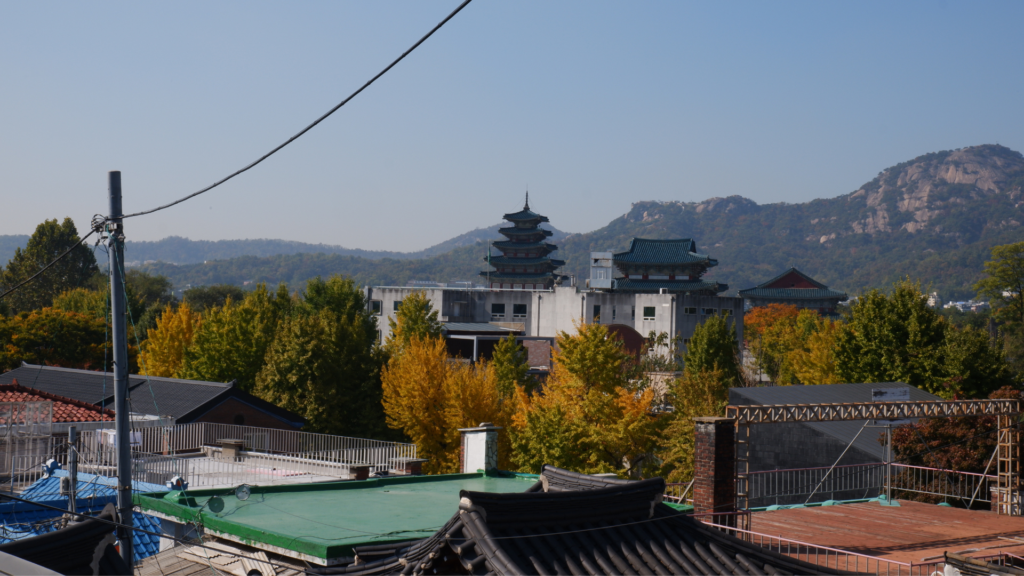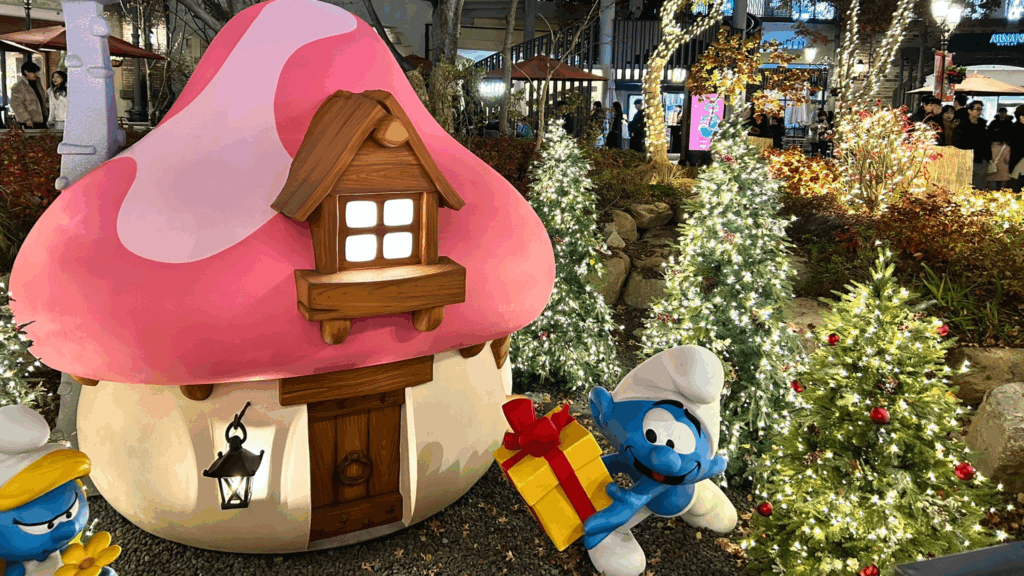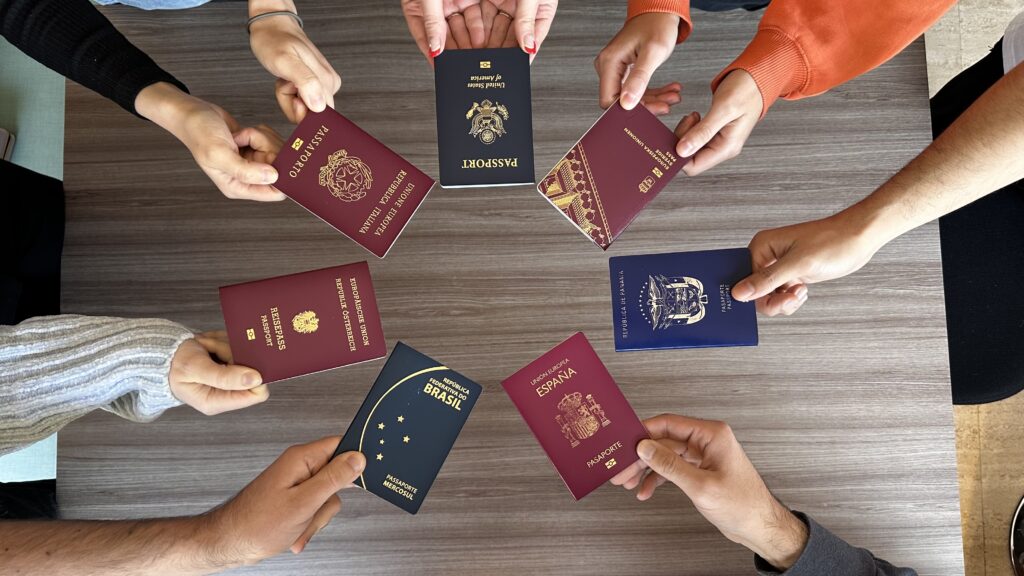Tea in Korea has always been a good excuse to relax and, when coffee had not yet been imported, it was the drink usually consumed during daytime meetings, often accompanied by rice cakes. It is good to know, however, that in Korean the term 차 (cha, tea) indicates not only the actual tea but also everything we would call herbal tea. They were often chosen not only for their taste but also for the nutritional properties they provided.
If you’re curious about what types of tea in Korea you can find, continue reading!
7 types of tea in Korea
1. Daechu-cha
Daechu-cha (대추차) is an herbal tea made from jujubes, also known as Chinese dates. It is one of the traditional drinks and is brownish in colour. It is made by boiling jujubes in water until they release their sweet, flavourless juice. It is often served decorated with pine nuts. It is also highly valued for its nutritional properties as it is rich in iron, potassium and vitamins B and C. Tea in Korea is not just about quenching thirst, it is actually delicious and healthy.
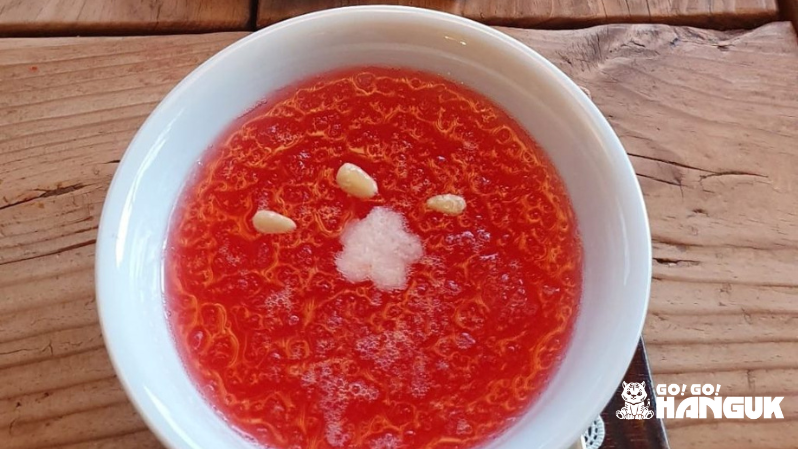
2. Omija-cha
Next on the list of types of tea in Korea, we have the Omija-cha (오미자차), which is also one of the most popular drinks in Korean tradition and is still widely consumed today. It is a pale red herbal tea made from magnolia berries and can be consumed either hot or cold. It is said to have five flavours: sweet, sour, bitter, salty and pungent. It is prepared by boiling magnolia berries in water, and adding honey at the end. If you want to drink it cold, it is served over ice.
If you like Korean dramas, you may have already caught a glimpse of Omija-cha in the past drama 철인왕후 (international title Mr. Queen), drunk by the protagonist in the company of the widowed queen.
3. Bori-cha
If you visit restaurants in Korea, you might notice some serve Bori-cha (보리차) instead of water. It is also a type of tea in Korea that was consumed instead of water until a few decades ago. Bori-cha, also known as Barley tea, is slightly nutty and has a refreshing taste.
In today’s Korean homes, a water purifier is always present, whereas it was once uncommon. Instead of going out and buying bottles of water, Koreans preferred to purify tap water (or well water in older homes) by boiling it together with barley, which ended up flavouring it and giving it a light brownish colour.
Today, bori-cha no longer replaces water, which is commonly consumed with meals, but there are still many who prefer it, believing it to be not unfairly tastier than water.
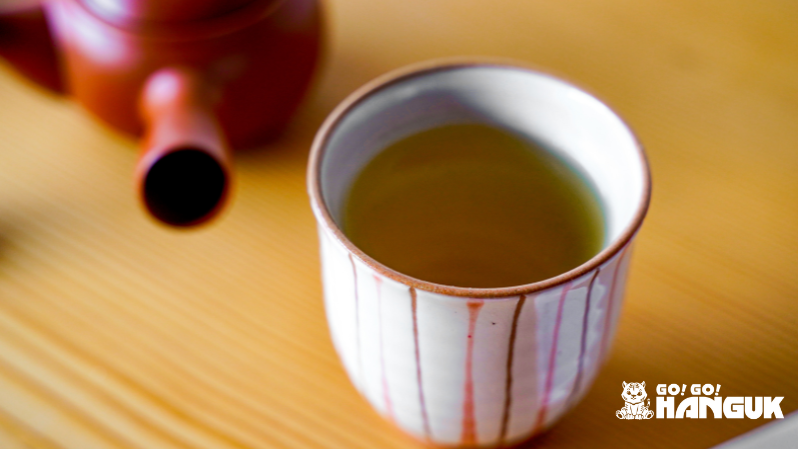
4. Nok-cha
Nok-cha (녹차) is nothing other than the classic green tea in Korea, much consumed and appreciated in Korea for its taste and its purifying and antioxidant properties. The most famous Korean green teas are from Jeju Island and the town of Boseong, where an annual green tea festival is held.
Its flavour is so popular that it is often found in the dough of various desserts like green tea hotteok (sweet pancakes with brown sugar filling) and green tea tiramisu. The most famous one is green tea-flavoured ice cream, which is best paired with sweet red bean toppings!
5. Maesil-cha
Unarguably, the most iconic tea in Korea is the Maesil-cha (매실차), people also call it the plum tea. Maesil-cha has been consumed in Korea for centuries and the use of maesil in beverages and culinary dishes dates back to the Joseon Dynasty. It is highly prized in Korea not only for its sweet taste, but also for its ability to improve digestion, detoxify the body, and strengthen the immune system.
Maesil-cha is an herbal tea made from plum extract diluted with water. It can be consumed hot and is usually served with a pine nut garnish, as is the case with Daeju-cha. It was also enjoyed cold or on the rocks during the hot summer months for its refreshing and cooling qualities.
6. Insam-cha
Insam-tea (인삼차) also known as ginseng tea in Korea has been a part of traditional Korean medicine for over 2,000 years. Known for its powerful health benefits, ginseng is considered a tonic that enhances energy, promotes stamina, and boosts overall well-being. This root, native to Korea, has a long history of being used to treat various ailments. Over time, ginseng was incorporated into tea forms to make it more accessible and easier to consume, which helped establish its popularity in Korean culture.
Often prepared in powdered or sliced form, this unique tea in Korea has a naturally bitter and earthy taste, which is commonly balanced by adding honey or sugar for sweetness. The tea is typically consumed hot but can also be enjoyed cold. Ginseng tea pairs well with traditional rice cakes (떡, Tteok) or honeyed pastries as it contrasts nicely with the bitter flavor of the tea.
In present-day Korea, you can find ginseng tea at health stores or pharmacies in forms like tea bags, ginseng extract, or ready-to-drink bottled versions.
7. Oksusu-cha
Oksusu-cha (옥수수차) on the other hand, has a more recent history in Korea, also named the corn tea in Korea. Corn itself was introduced from the Americas during the 16th century and over time, it became a popular drink, particularly in rural areas, as it was easy to prepare and offered comfort in all seasons.
Corn tea is made by roasting corn kernels and then brewing them in hot water. This results in a mild, nutty, and sometimes slightly sweet tea. It can be enjoyed hot or cold, though it is typically served hot during the colder months. It is low in calories and caffeine-free, making it a popular choice for people of all ages.
Today, Oksusu-cha is actually widely available in convenience stores as a bottled drink, where it’s often marketed for its digestive and detoxifying properties.
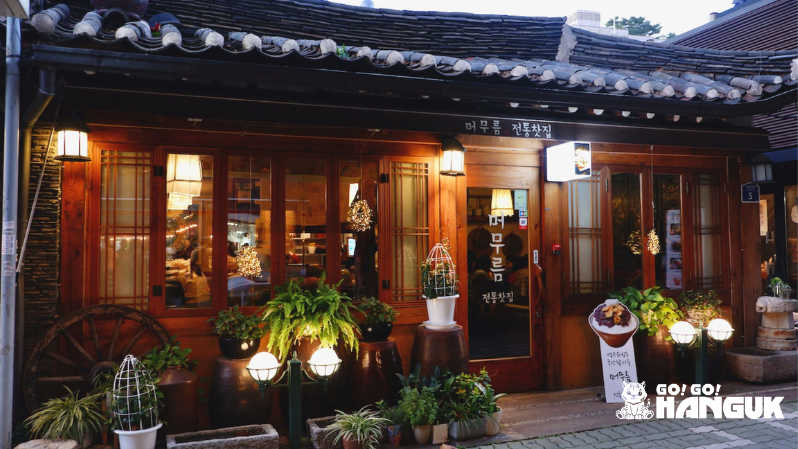
Where to enjoy tea in Korea
For the full experience, we recommend trying one of the many Korean teas in a traditional tearoom, perhaps accompanied by rice cakes.
In Seoul, the areas with the most traditional tea rooms are Insa-dong and Ikseon-dong. Here, strolling through the streets, you will be spoilt for choice. Another place to try traditional tea is the Gyeongbok-gung Royal Palace. Inside, the former kitchen building has been converted into a traditional tea room, where you can be waited on by waiters in hanbok while enjoying the view of the rest of the palace. For more information on making reservations, click here.
Hopefully, you will soon have the chance to taste one of these teas in Korea, perhaps in one of the traditional rooms, and maybe try some more. For more information and interesting facts about Korean culture, keep following the Go! Go! Hanguk blog and do not hesitate to contact us about living and studying in Korea.



